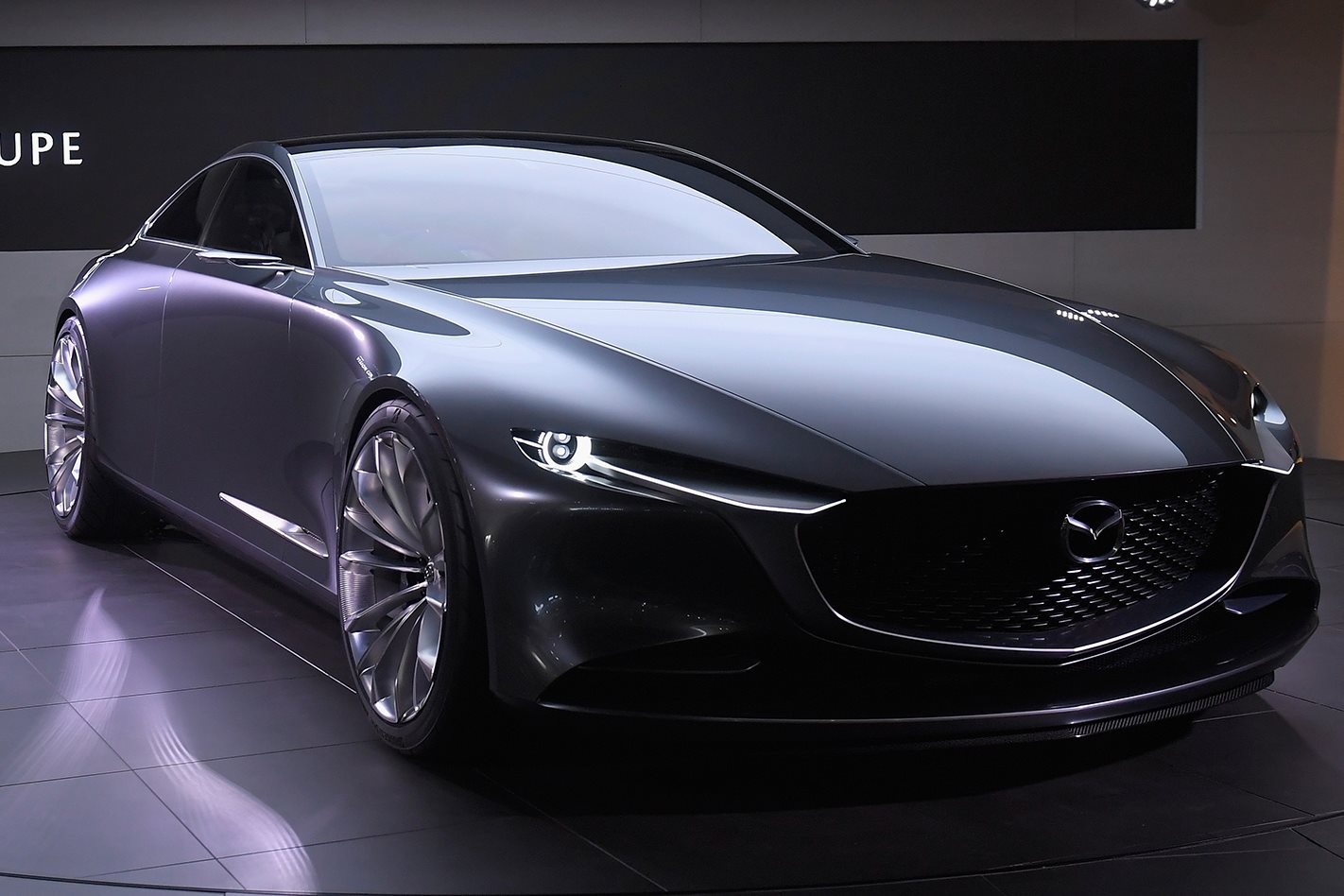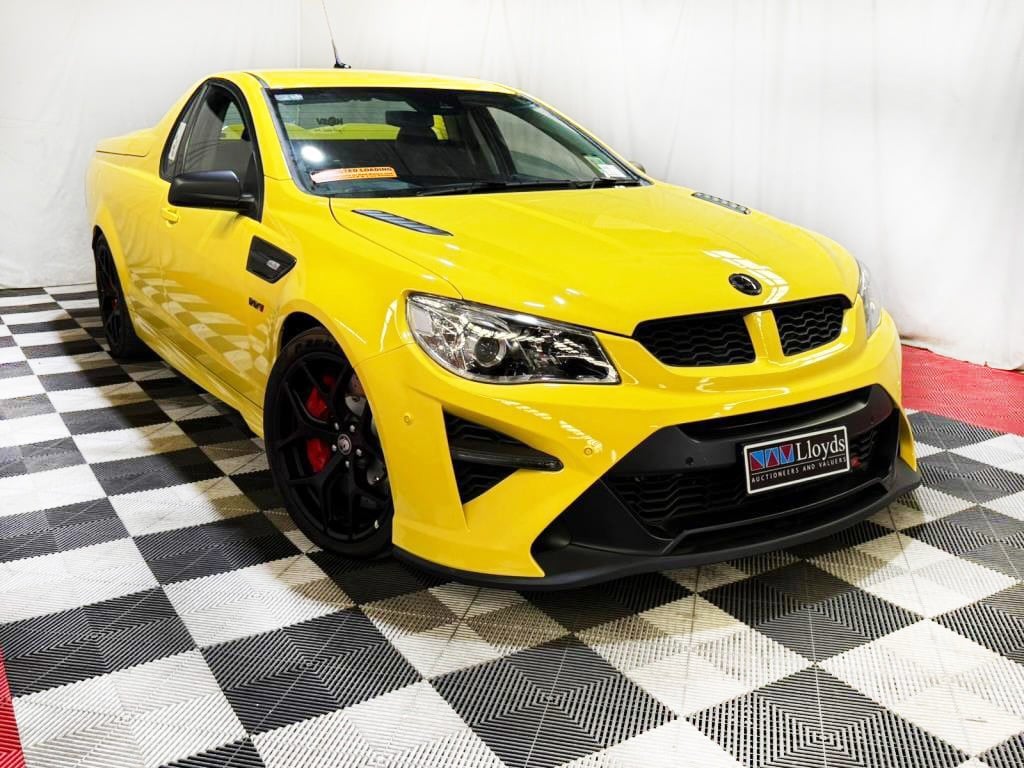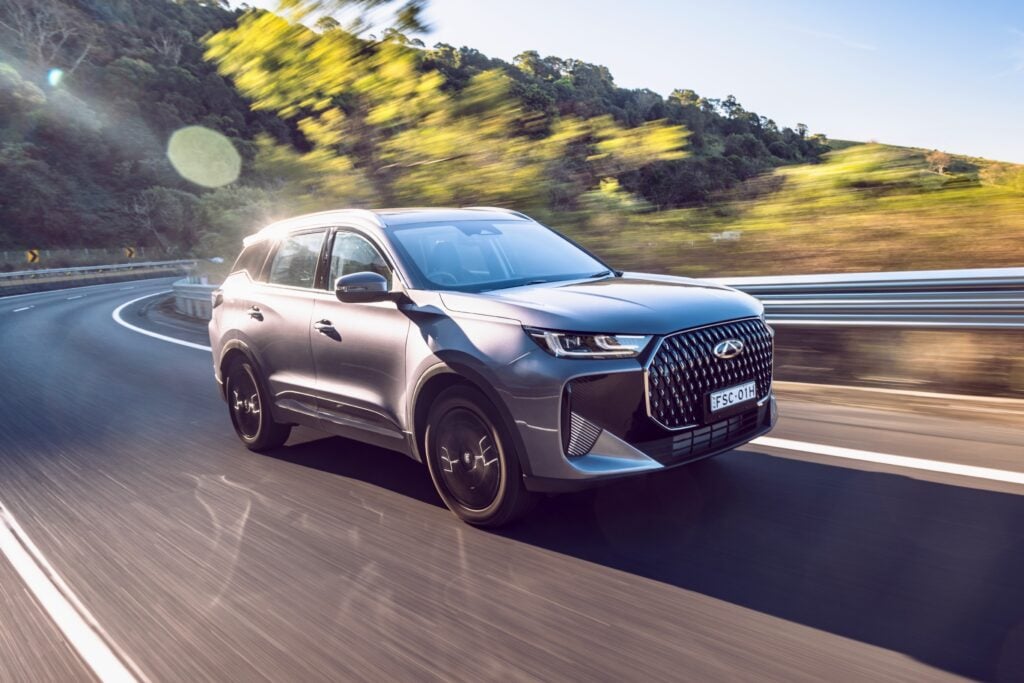Those of you with long memories will remember Eunos, the ill-fated premium brand launch by Mazda in 1989 and shuttered only seven years later in 1996.
It remains historically significant for one reason – it showed, even as far back as the late ‘80s, Mazda had ambitions to compete in the premium segment, and clearly believed that only the slightly humdrum Mazda brand name, attached to everything from light runabouts to pick-ups, was holding the company back.
Well, if our information on the next-generation 6 is correct, Mazda’s ambitions have not dulled, and the company appears to believe that no rebranding will be necessary to reposition the flagging mid-sizer into a much more upmarket space.
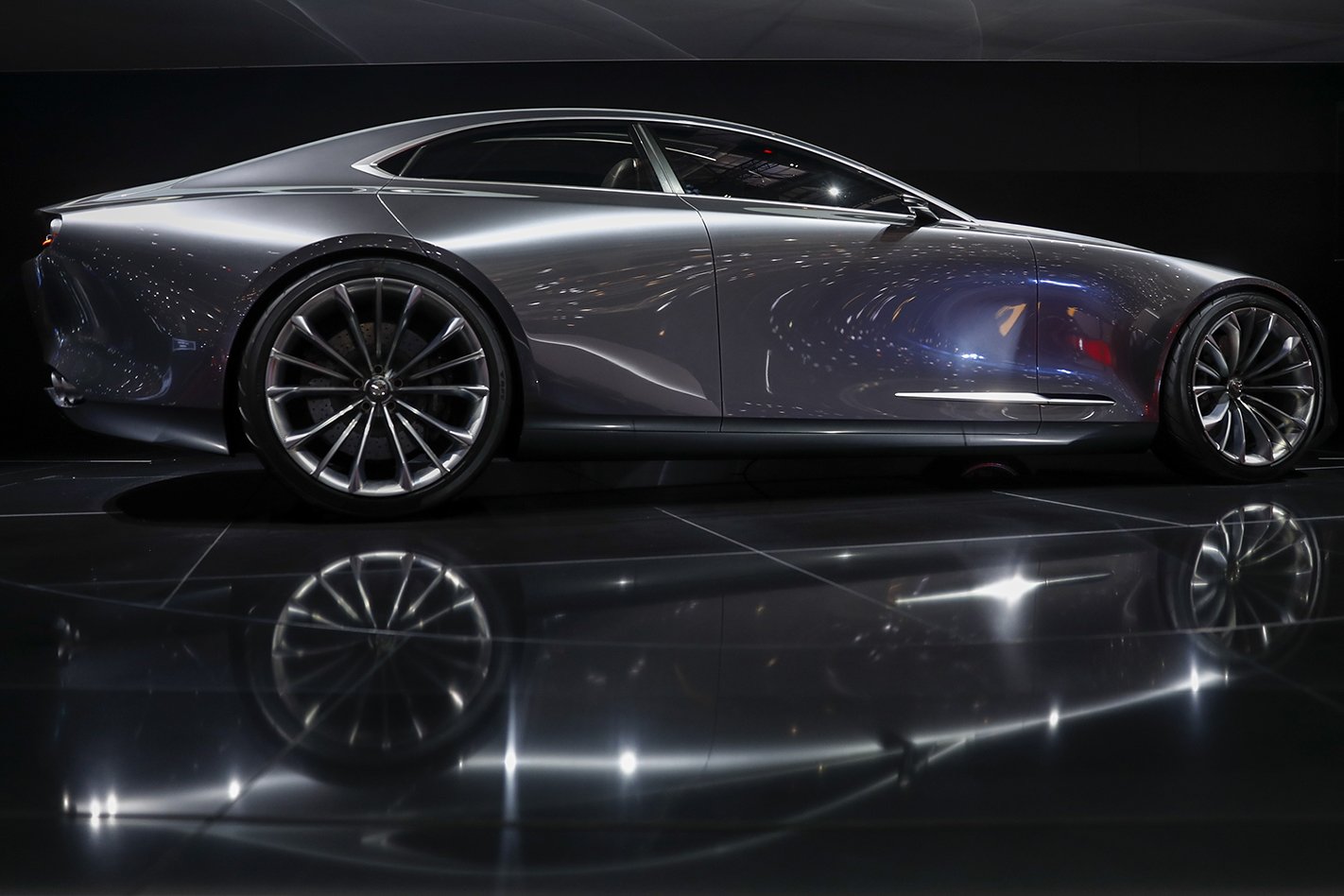
Think: a spacious mid-size rear-driver, powered by an inline six, and ready to go head-to-head with the likes of the Lexus ES, Genesis G70, and even to be a more affordable, better-equipped, swifter alternative to an entry-level Mercedes-Benz C-Class, BMW 3 Series, or Audi A4.
The source of this leak was an investor presentation uncovered by Jalopnik last year, in which the Japanese manufacturer delivered a comprehensive outline of future initiatives that it plans to implement between 2020 and 2025. This included a new “Large Architecture”, with all indicators pointing to it being rear-drive.
The presentation also confirms that two inline-six engines are under development; one Skyactiv-D diesel and the other featuring Mazda’s Skyactiv-X Spark Plug Controlled Compression Ignition (SPCCI) technology. Electrification is also part of the plan, as 48-volt mild-hybrid and plug-in hybrid systems are mentioned.
There’s further credence to the theory that the first car to featuring the new platform and engines will be the next 6, due in late 2022.

Mazda has recently confirmed that it will continue to evolve its Kodo design language, as displayed on concept cars such as the Mazda Vision Coupe (pictured) that give an idea of what the next-gen 6 could look like, with the cab-rearward, long-bonnet proportions being suited to packaging an inline six driving the rear wheels.
And if you’ve already spotted the sports-car possibilities that could be opened by a new rear-drive platform at Mazda, well done, give yourself a bonus point.
Suddenly, the design language of the RX Vision concept (first shown in 2015) takes on a whole new significance, and even if a production version was built with an inline-six instead of a rotary engine, surely that would still be a car worthy of celebration.
Fact is, Mazda needs the new 6 to reverse the slumping fortunes of the current car. In the USA, for example – by far Mazda’s largest market – the 6 shifted 33,400 units as recently as 2017. In 2019, that figured had dropped to 21,500, and this year the decline seems set to continue.
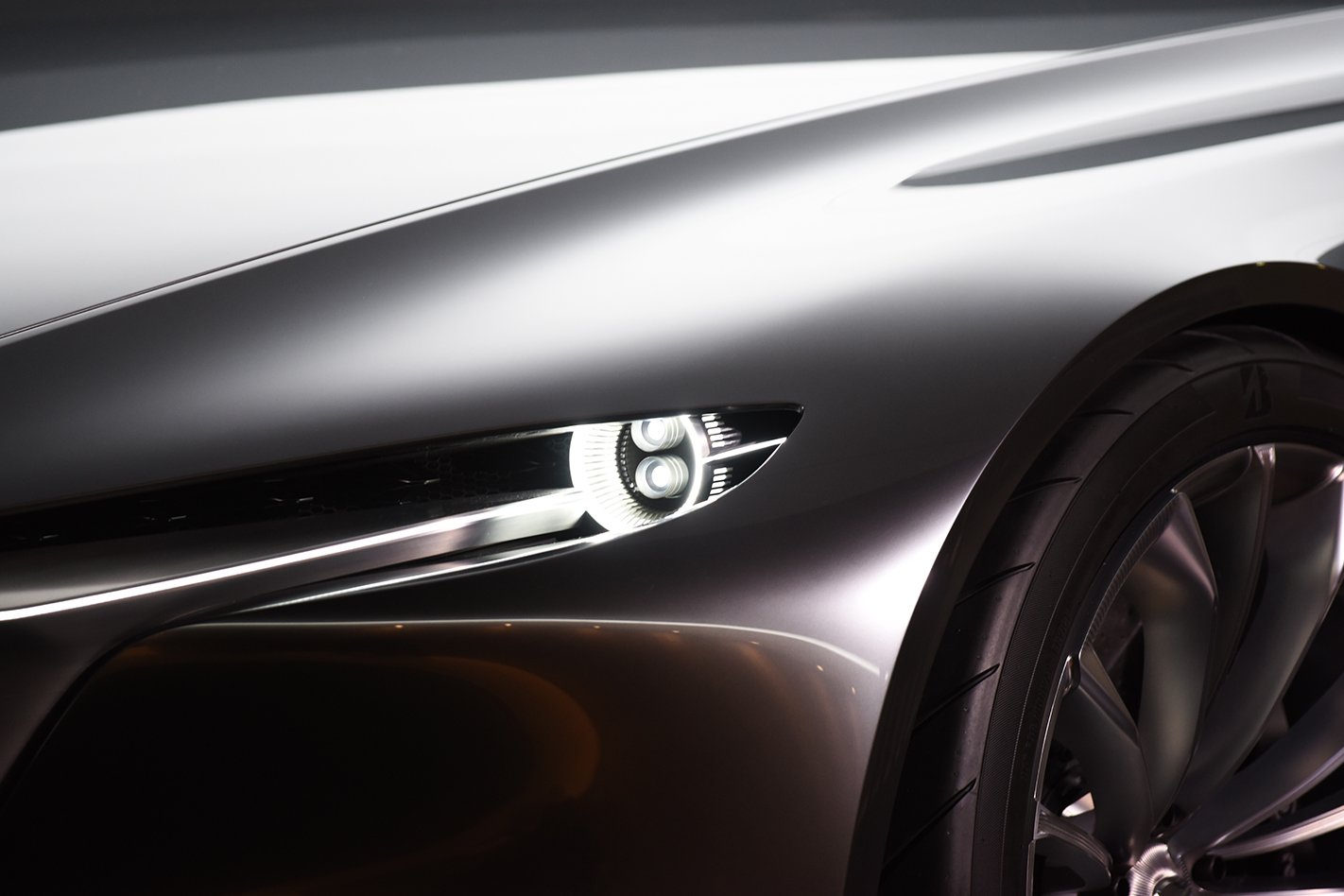
Here in Australia in 2019, the 6 was down around 13 percent compared to 2018 in the shrinking mid-size class.
Mazda has made no secret of its ambitions to push its models further upmarket, with USA CEO Masahiro Moro confirming to media on several occasions that the company has set its sights on a “path to premium”, while retaining its core philosophy of driver involvement.
Naturally there’s no official confirmation on details on the replacement for the 6, and it’s possible that development could be delayed by disruption from the COVID-19 pandemic, but the signs are compelling.


